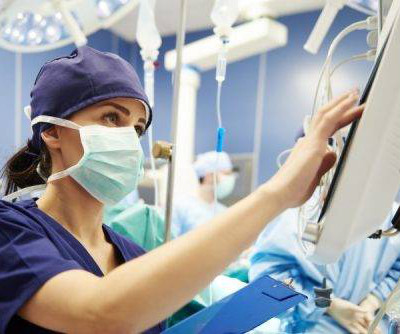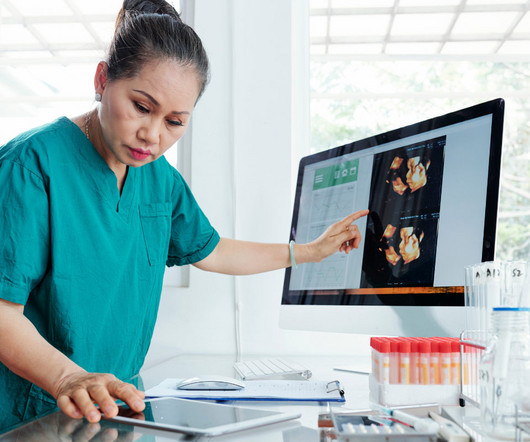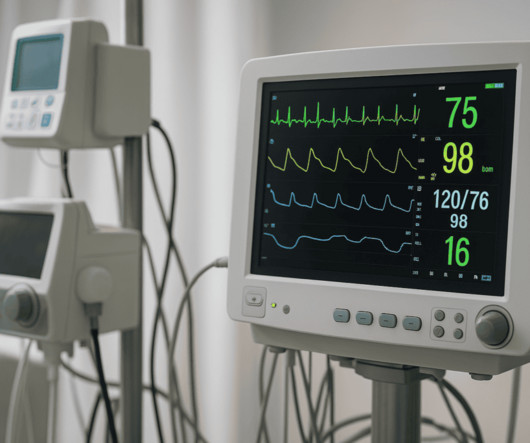Risks Facing Nurse Practitioners Today
Minority Nurse
NOVEMBER 14, 2022
Contributing factors for these diagnosis-related claims included the failure of an NP to order a diagnostic/lab test to establish a diagnosis, failure to obtain a complete history and physical of the patient, and failure to refer a patient to higher level care. The patient was transferred to the ED and diagnosed with sepsis.














Let's personalize your content